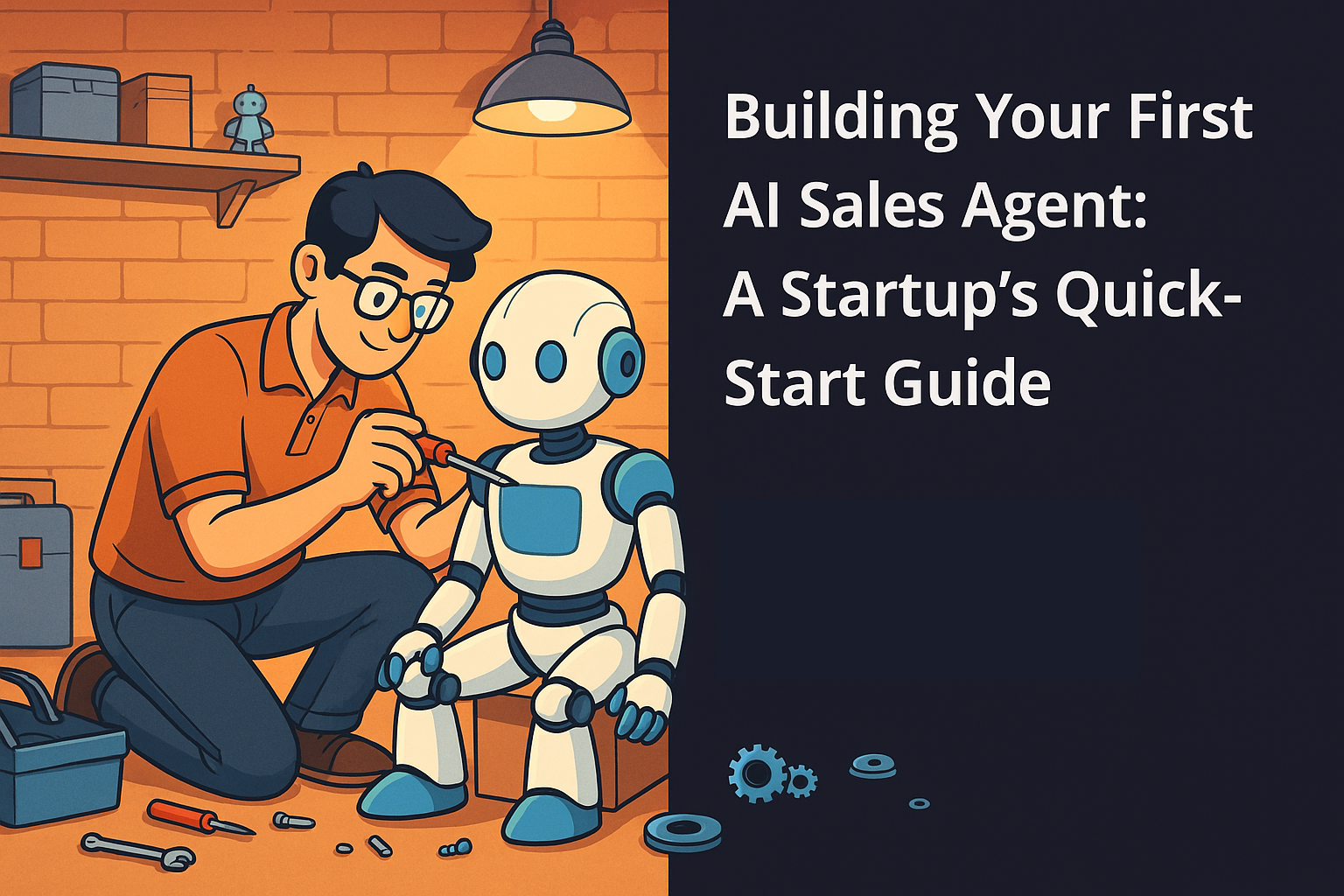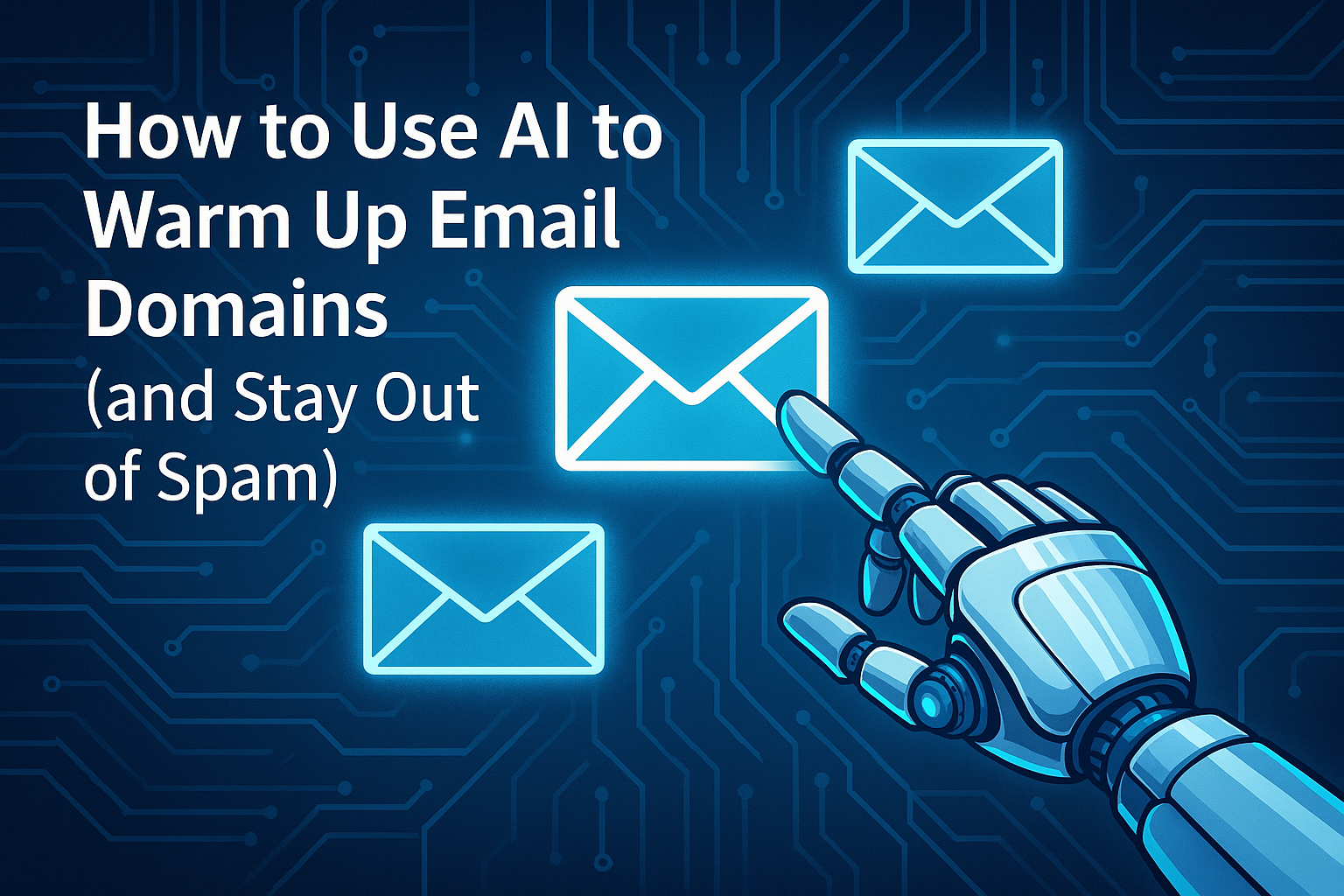Sending emails is a critical piece of digital communication. One of the more challenging parts of email communication is the process of following up after no response. It is like a dance. It requires persistence and tact to make sure that you get a response without coming across as impatient or annoying.
Understanding the Importance of Follow-Up Emails
When you send an initial email and receive no response, it’s easy to feel frustrated or ignored. However, there are many reasons why your email might go unanswered. The recipient could be busy, your email might have been overlooked, or it could be sitting in a crowded inbox. Understanding how to follow up email after no response can significantly improve your chances of getting a reply.
You have sent your initial email and got no response. It is normal to feel frustrated in this event. However, there are a plethora of reasons for why your email was not responded to. The recipient may be busy or your email could be sitting in a crowded inbox. By understanding how to properly follow up email after no response, you can improve your communication skills via email.
Timing Your Follow-Up
Timing your follow-up email is critical in getting a response. Sending it too soon after the initial email can seem pushy, but waiting too long may lead to missing opportunities. A good way to balance these two is to wait three to five business days before sending a follow-up. This method gives the recipient proper time to answer your email.
Striking the balance between persistent and patient is extremely important with learning how to follow-up email after no response. You may not receive a response on your first follow-up. A good tactic is to wait another week before you send an additional follow-up email. By doing this you are showing that your are respectful of the recipient’s time and energy.
Crafting a Compelling Follow-Up Email
Next up is the content of the follow-up email after no response. A good way to start the email is to reference the initial email that you sent. By providing a brief summary you can help jog the memory of your recipient, making it easier to understand the context of your follow-up email after no response.
For example, you might write:
"Hi [Recipient’s Name],
I hope this email finds you well. I’m following up on the email I sent last week regarding [subject]. I wanted to see if you had a chance to review it and if there are any questions I can answer."
This approach is straightforward and polite, making it clear why you are following up.
Personalizing Your Follow-Up
Personalizing your follow-up is an excellent way to increase your chances of getting a response from the recipient. Generic emails can be easy to ignore, personalization in your follow-up email after no response will make a significant difference in how your recipient reads the email. By mentioning something specifically related to the recipient you can show that you have a genuine interest in them responding to your message.
For instance, you might say:
"I noticed that your company recently launched a new product. Congratulations on the launch! I believe our services can complement your new offering perfectly, and I’d love to discuss this further."
This level of personalization demonstrates that you are not just sending a mass email, but rather you have a specific reason for reaching out.
Offering Value in Your Follow-Up
In the process of learning how to follow up email after no response, an important factor is learning to offer something of value in your follow-up email. This can come in many different forms, such as additional information, helpful resources, or a new perspective. By providing value, you are giving the recipient a benefit by engaging with the follow-up email.
You might include something like:
"In addition to the information I shared in my previous email, I’ve attached a case study that illustrates how our solution has helped companies like yours achieve significant results. I believe this could be very beneficial for your team."
Offering value not only increases the likelihood of a response but also positions you as a helpful and resourceful contact.
Keeping Your Follow-Up Concise
Keeping a follow-up email after no response is very helpful in eliciting a response. Professionals will be more likely to respond to an email that is easy to follow and read. Aim for a follow-up email that is a few short paragraphs in length AT THE MOST. Do not make it harder on your recipient to engage with the email. By making it easy to engage with you are increasing the chances of getting a response.
Consider this example:
"Hi [Recipient’s Name],
I hope you’re doing well. I wanted to follow up on my previous email regarding [subject]. I’ve attached a case study that I believe you’ll find very insightful. Please let me know if you have any questions or if we can schedule a time to discuss this further.
Best regards,
[Your Name]"
This email is brief, to the point, and provides value, making it more likely to elicit a response.
Using Multiple Follow-Up Strategies
There are multiple follow-up strategies that you can use when learning how to follow up email after no response. One way is to follow up via a different communication channel. Some options include a phone call, text message (if appropriate), or LinkedIn messaging. A multi-channel approach is helpful in ensuring that your message is being read by the recipient.
For instance, you might say in a LinkedIn message:
"Hi [Recipient’s Name],
I sent you an email last week regarding [subject] and wanted to follow up here to make sure it didn’t get lost in your inbox. I’m very interested in discussing this with you and would appreciate any feedback or questions you might have."
By diversifying your follow-up methods, you increase your chances of getting a response.
Respecting the Recipient’s Time
Persistence is important in sending follow-up emails after no response. But it is also important to respect the time of a recipient. After following-up multiple times, if you still haven’t received a response it is a good idea to move on to something else. By sending too many follow up emails after no response, you may annoy the recipient and harm your professional relationship with that person.
By understanding when to stop you can save your time and the time of the recipient. An appropriate final message can include an acknowledgement of the lack of response and leave the door open for future communication.
You could say:
"Hi [Recipient’s Name],
I haven’t heard back from you regarding [subject], so I’ll assume that now may not be the best time. If your circumstances change or if you have any questions in the future, please feel free to reach out. I’d be happy to assist.
Best regards,
[Your Name]"
This approach maintains professionalism and leaves a positive impression, even if you didn’t get the response you were hoping for.
Automating Your Follow-Ups
Streamlining the process of how to follow-up email after no response can be helpful. Consider using some automation tools that can help you schedule follow-up emails, as well as track responses. This helps ensure that no potential lead goes unnoticed.
Automation is helpful in saving time and keeping organized. When managing a large amount of emails automation is a life saver. Make sure that you keep personalizing your emails when using automation to ensure that you don’t come off as robotic.
Measuring the Effectiveness of Your Follow-Ups
Measuring the effectiveness of your follow-up emails after no response is the final step. Open rates, response rates, and click-through rates, are all important metrics in providing insight to what works and what doesn’t. Using this data can help improve your effectiveness overtime.
For example, if you notice that personalized follow-ups have a higher response rate, you can prioritize personalization in your future emails. Similarly, if you find that including a specific type of value-added content leads to more responses, you can incorporate more of that content into your follow-ups.
Remember
Mastering how to follow up email after no response is important for any professional to learn. Learning the importance of timing, personalization, value offers, and multiple channels can help you in increasing your chances of getting a response in your follow-up emails after no response. Using these tips and strategies will help you in navigating the challenging process of following up.


.jpg)


.svg)